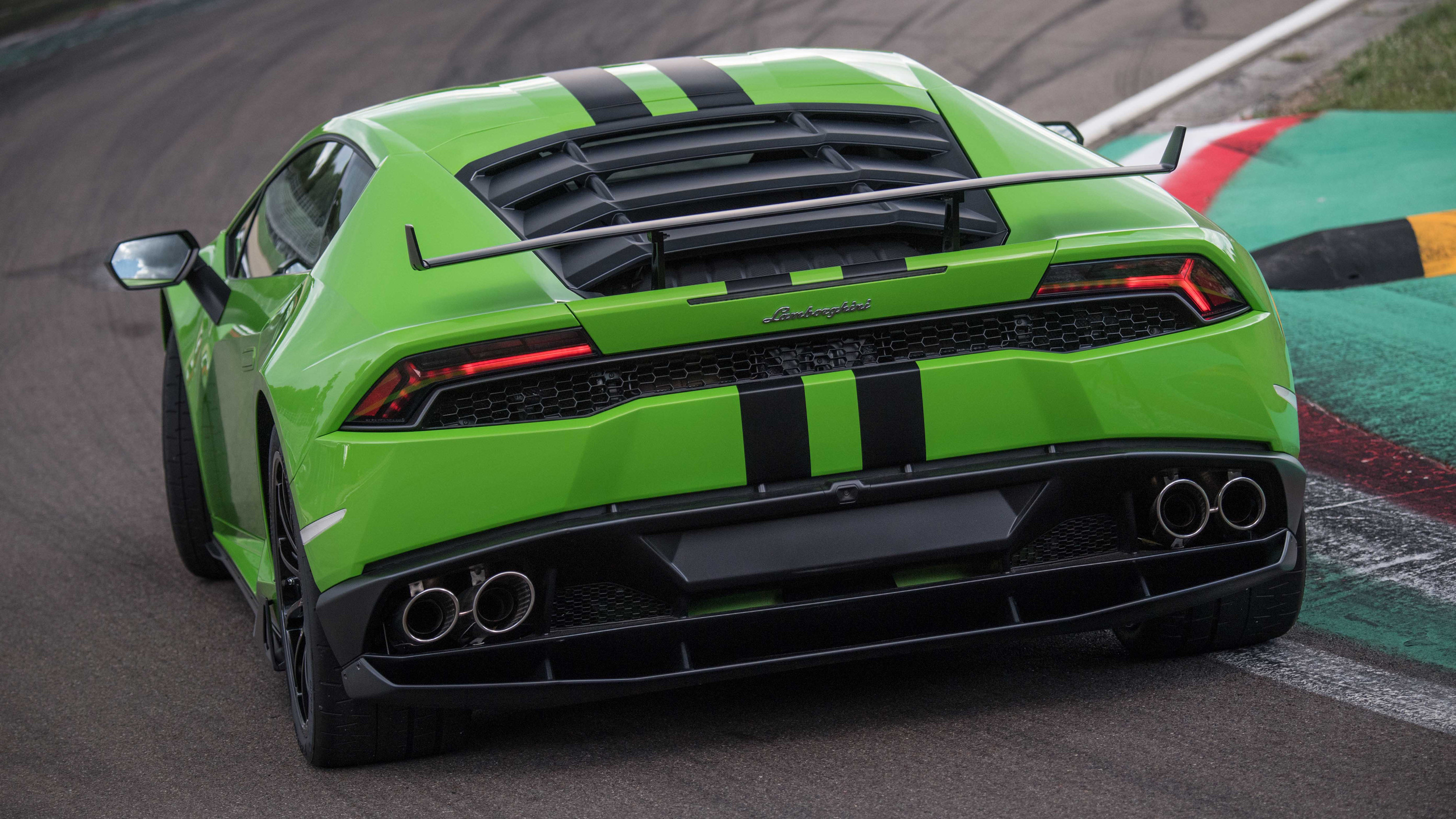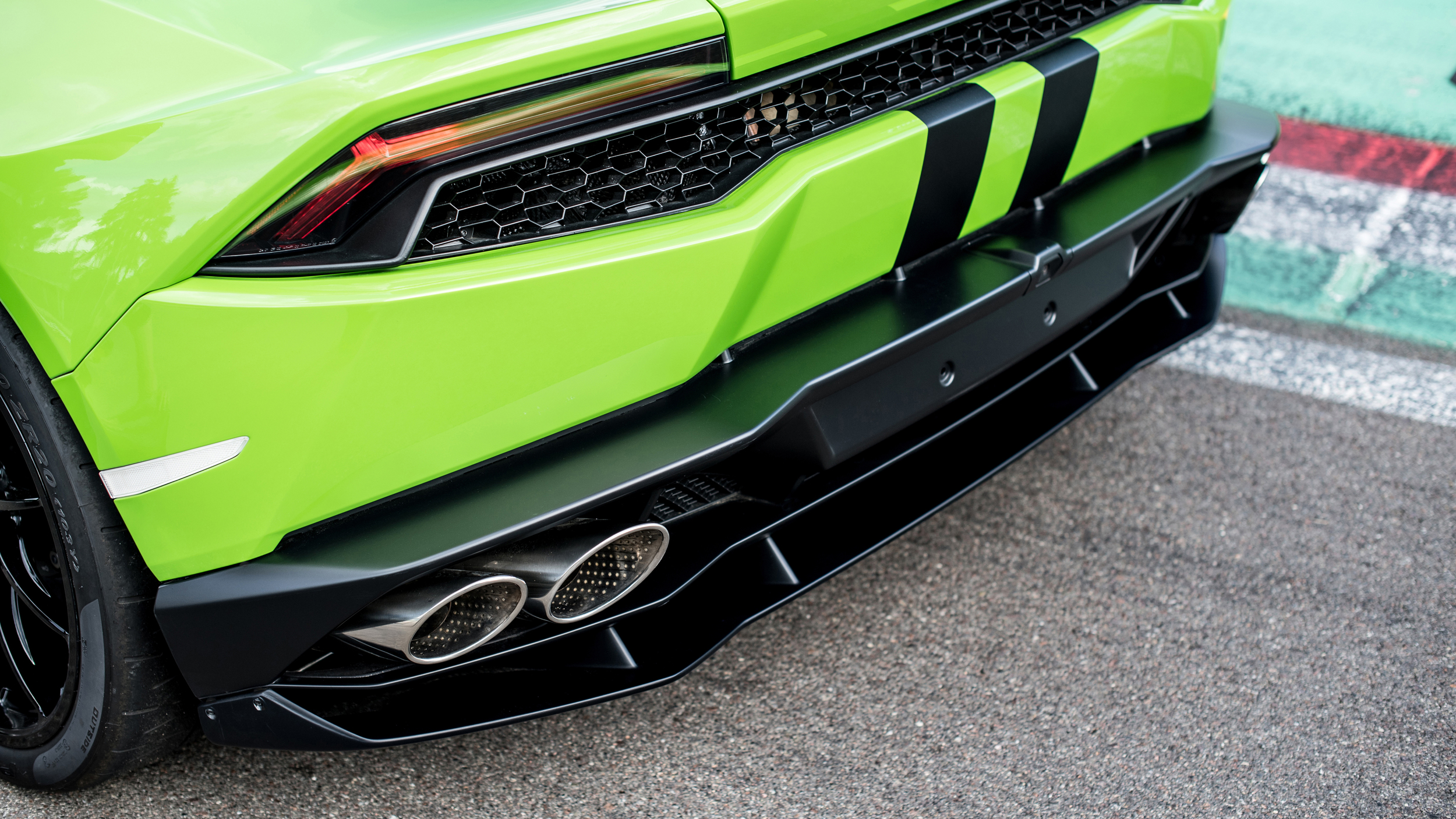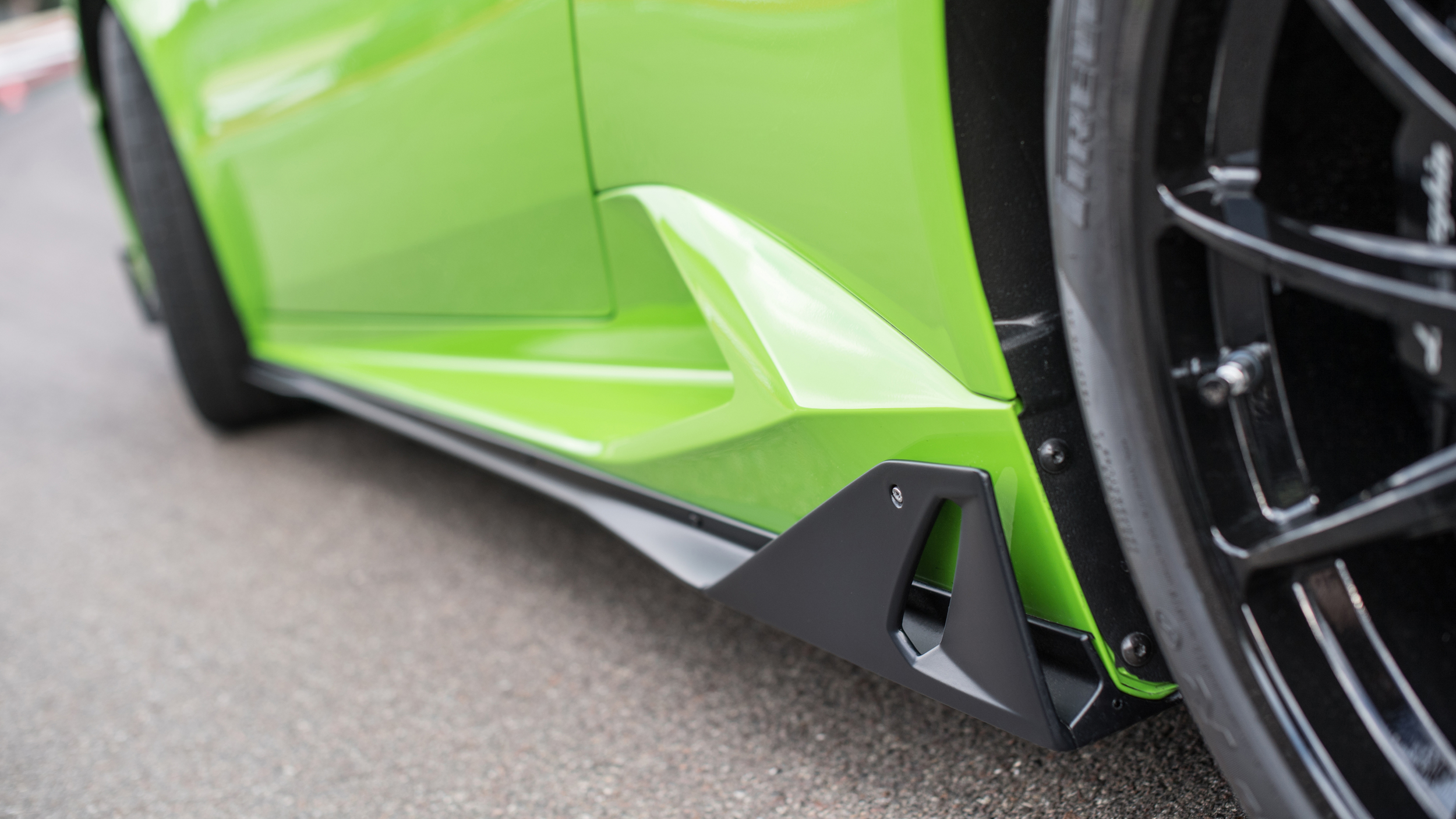For me, the later-model Lamborghinis aren’t the most attractive supercars out there. For some, their fighter jet–like appearance has them drooling, but for me, I like my supercars with a more classic shape, resembling Ferraris of the ’80s for example. This is why I find the Mitsubishi GTO and Honda NSX extremely attractive. Call me old-fashioned, if you will. When I heard Lamborghini were releasing a facelift-kit option for their Huracán model, I was curious to see what they came up with.

Racing stripes, canards, flares, and a rear wing — what were they thinking? They’ve taken a questionable-looking supercar and have turned it into something you’d see in the films of the Fast and the Furious franchise … I’m not sure what Lamborghini is up to, but I’m hoping they sort their act out soon. Ferrari and McLaren are still producing beautiful supercars, and even Audi’s R8 is better looking, which, for a company that doesn’t know what colour is, is saying something!

What do you think of the new additions to the Lamborghini Huracán? Hit or miss?






